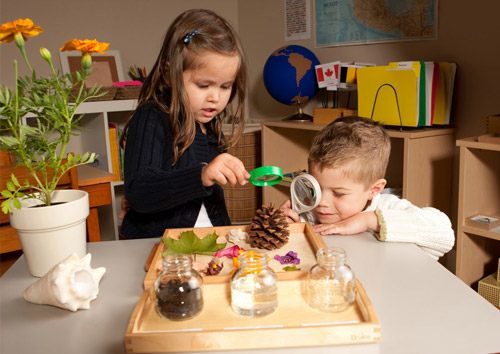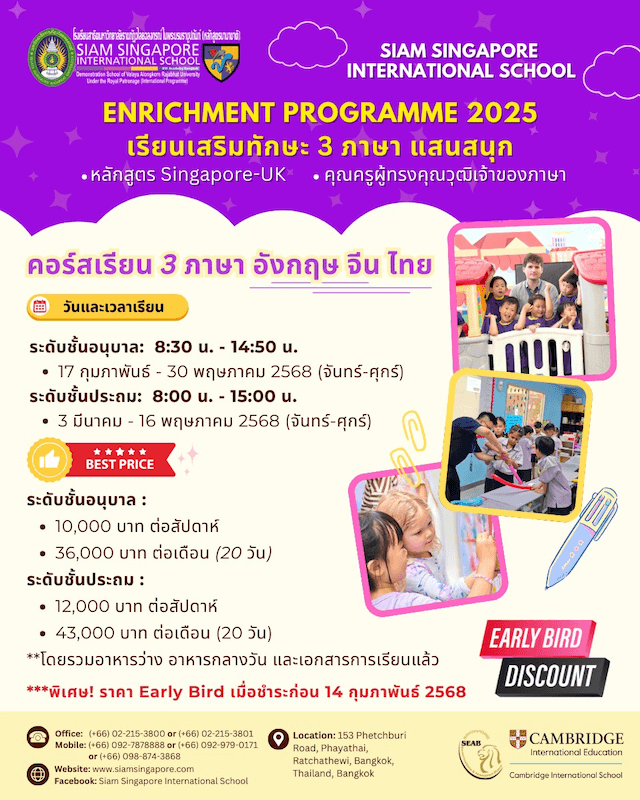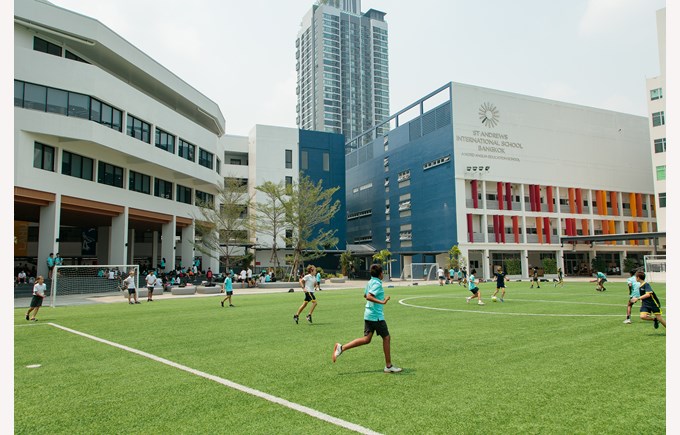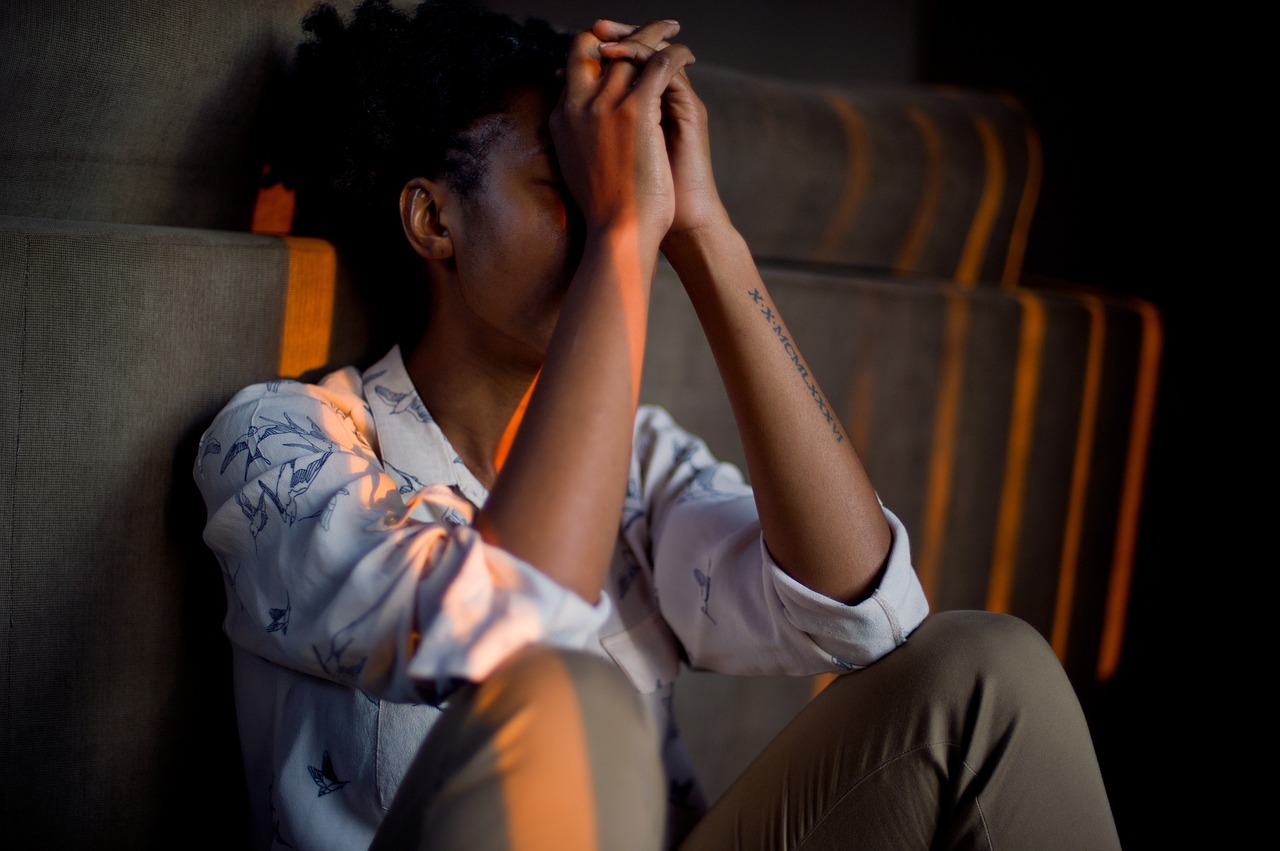For parents who want to learn more about the Montessori Method, read on for the basics on this unique approach to early childhood education.
What is it, exactly?
In 1907, Maria Montessori, an Italian physician, opened her first school based on an educational method that places importance on natural child development, and the guiding of such growth through an environment that is conducive to the child’s learning. Broadly speaking, the Montessori Method encompasses a holistic approach with the primary goal of helping each child reach their full potential in all areas of life. Activities promote the development of social skills, emotional growth and physical coordination, as well as cognitive preparation for future leaning.
What sort of curriculum is involved?
As there is a belief in sensory learning (i.e., children learn best by doing), Montessori classrooms are open environments equipped with “didactic” materials, which involve sensory experiences and are self-correcting. The children are free to pursue a range of activities and thus leverage their natural tendencies to learn. The teachers play the roles of guide, silently demonstrating the use of learning materials; and observer, acting as a link between the children, suitable materials and their immediate surroundings.
The emphasis is on work, not play. The Montessori Method seeks to support the child in organization, thus pretend play and opportunities to learn creatively from errors are less likely to be seen. Also, most Montessori classrooms combine kids of multiple age groups, giving them more opportunities to learn from one another.
This type of learning environment cultivates individualization, independence, concentration, problem-solving abilities, organization, social interaction, and competency in basic skills. In addition, teachers and students form a relationship based on trust and respect that fosters self-confidence and the willingness to try new things.
What are the environments like?
The environment is generally homelike, so the child can develop proper self-help skills. For example, there should be a place for children to wash hands, a designated spot for each child to work on their chosen activity, and a space for each child to store their belongings. Also, Montessori believes that aesthetics play a big role in learning.
How can one verify that a school is truly following the Montessori Method? The first step is to check if the teachers are Association Montessori Internationale (AMI) or American Montessori Society (AMS) credentialed. AMI and AMS are the two main interpretations of the Montessori philosophy. AMI, established by Maria Montessori, closely adheres to the founder’s original approach, while in AMS schools, teachers continue the methods developed by Dr. Montessori while bringing in outside resources, such as the use of technology and introduction of current events, to supplement the curriculum. When looking into schools, you can consider which interpretation more closely aligns with your personal educational beliefs.
Are there Montessori schools in Bangkok?
The Montessori Method is very popular around the world; in Bangkok, local Montessori schools can be found as standalone institutions or part of a larger international school, including:
- Montessori Academy Bangkok International School (Bangna Trat, across from Thainakarin Hospital)
- Modern Montessori International Pre-school (Sukhumvit 44)
- International Montessori Center (Ramkamhaeng Soi 112)
- John Wyatt Montessori (Paholyothin Soi 24)
- Prep International Kindergarten (Suthisarn Road)
- Ekamai International School (Sukhumvit 63)
You can also get a feel for the Montessori Method at the Montessori Kids playgroup for 1.5 to 5 year olds at Modern Montessori International Pre-school.
Register your email address here and we’ll notify you when a new article gets uploaded.














